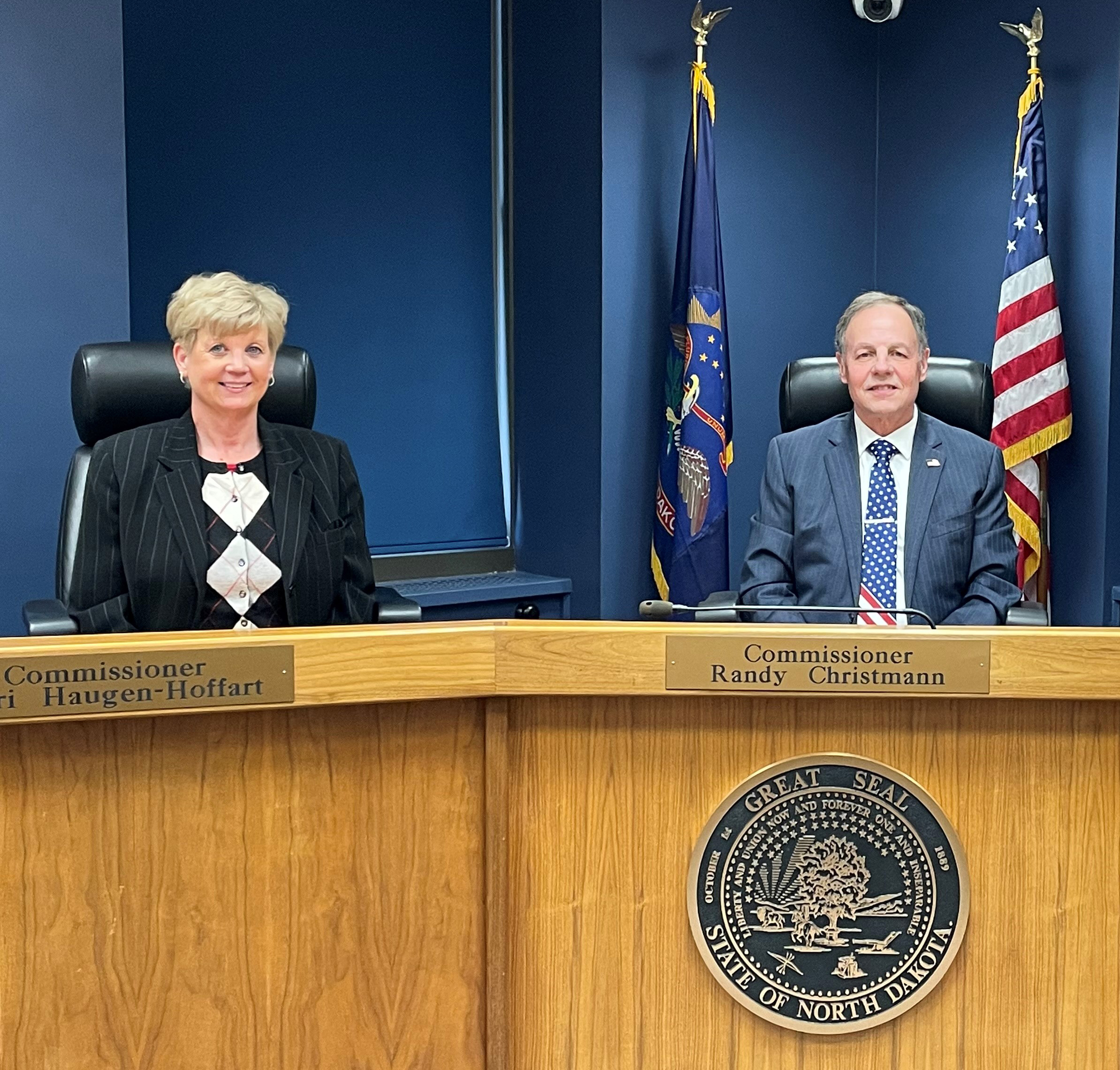As suicide prevention and crisis services face rising demand across North Dakota, telehealth is increasingly viewed as a vital bridge — especially in Bismarck and its surrounding towns. The question: is virtual care truly serving the moment?
In the first six months of 2025, the North Dakota 988 Suicide & Crisis Lifeline logged 7,305 contacts (calls, texts, chats) — up 26% from the same period last year.
Across the state, crisis services are anchored on 988, state mobile crisis teams, and behavioral health coordinators.
A recent concern: federal mental health funding cuts may strain the state’s ability to maintain or expand high-quality services.
Meanwhile, in central North Dakota, Avel eCare Crisis Care launched a telehealth-enabled co-responder model — allowing law enforcement in Bismarck, Minot, Rugby, and elsewhere to tap behavioral health professionals live via tablets during crisis calls.
Telehealth counseling is offered by local providers such as NuVation Health Services in Bismarck, which lists telemedicine options for ND residents.
Many smaller towns around Bismarck — lacking local mental health specialists — rely heavily on virtual visits. For residents in rural counties, telehealth can reduce travel time, weather delays, and long wait lists.
In emergency or crisis setups via Avel eCare, officers in smaller jurisdictions benefit especially: remote psychologists or psychiatrists can triage whether a person needs hospitalization or can stay home with follow-up care.
According to Avel, 80% of assisted individuals were able to stay home rather than being involuntarily committed or transported.
Anecdotally, clinicians and first responders involved in Avel eCare report that real-time telehealth consultations help de-escalate situations more safely and avoid unnecessary ER burdens.
From the couch to crisis call — telehealth is no longer just a convenience tool. In North Dakota, systems tied to 988 / mobile crisis teams are being pushed to use video or phone triage to stabilize mental-health emergencies. For Bismarck and central ND, the question is clear: Is virtual crisis care working — or just a stopgap?
ND’s 988 Suicide & Crisis Lifeline framework includes routing to regional human service center mobile crisis teams for in-person backup when needed.
“Help Is Here ND” promotes walk-in behavioral health clinics, but often during limited hours; telehealth aims to fill the after-hours gap. The majority of 988 contacts in ND are resolved by phone (or text/chat) without needing 911 escalation.
However, measurable, localized data (e.g. by county or city) comparing telehealth vs. in-person outcomes in crisis settings around Bismarck are scarce.
Barrier | How it shows up locally | Implication |
|---|---|---|
Broadband / connectivity | Rural areas around Bismarck may suffer weak internet or cellular signals | Video telehealth or live crisis consults may lag or drop |
Reimbursement / funding | Virtual behavioral health services may face stricter coverage rules or lower pay | Some providers hesitate to adopt telehealth broadly |
Privacy & trust | Clients in small towns may worry about confidentiality, or feel virtual sessions are less personal | Could limit uptake or depth of engagement |
Clinician supply | Even with telehealth, licensed behavioral health professionals are limited | Wait lists or capacity constraints remain |
Crisis vs non-crisis gap | Telehealth is more suited for ongoing counseling than intense, acute interventions | Some emergency cases still need in-person or in-hospital care |
“Telehealth lets clients keep appointments even in snowstorms or when travel is hard. It’s not perfect, but for many it’s the difference between getting help or going without.” — Clinician at a Bismarck tele-mental health provider (via local telehealth services)
What Still Needs Fixing
Robust connectivity
Expand reliable broadband to all counties surrounding Bismarck; prioritize underserved zones.Sustainable funding & policy alignment
Insurers and state policy must ensure parity in telehealth reimbursement.Local data & accountability
Track outcomes (hospitalization rates, repeat crises) by region to refine telehealth strategies.Blended models
Telehealth should complement—not replace—in-person care for severe cases.Community outreach & trust building
Public education in smaller towns to demystify virtual care and strengthen uptake.
Telehealth is no longer a novelty in Bismarck’s mental health and crisis services — it’s fast becoming a backbone, especially for more remote residents and in high-pressure moments. The launch of Avel eCare’s co-responder model shows promise, offering real-time professional support during emergencies, and reducing unnecessary transports and detentions.
Yet the system is not flawless. Internet gaps, funding uncertainties, and insufficient local data leave cracks that could put vulnerable people at risk. If Bismarck and its neighboring counties want telehealth to fully deliver on its promise — to be more than a stopgap — the next steps must be structural: infrastructure, policy, and community trust.



